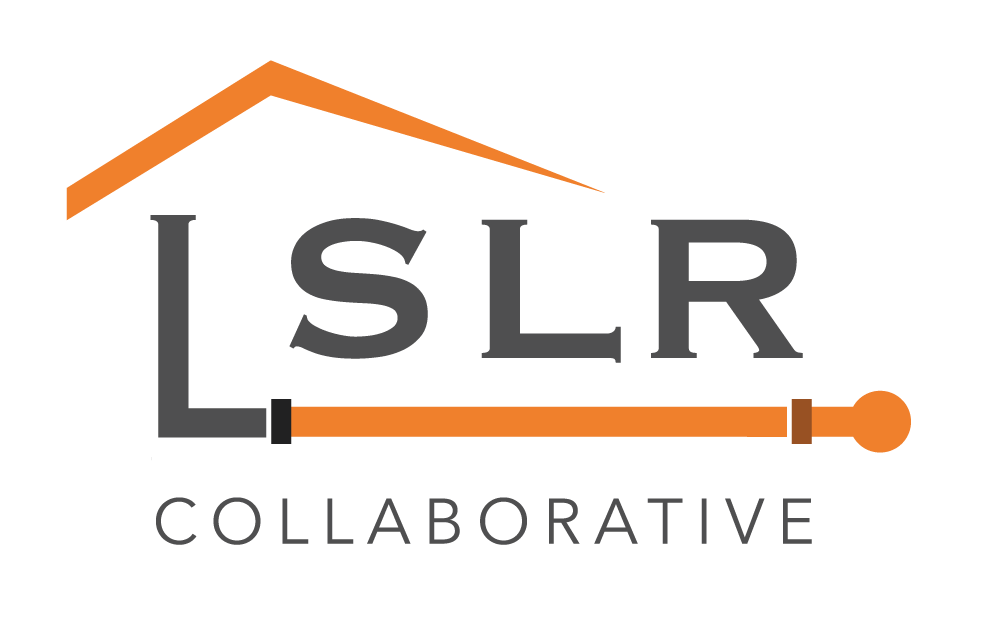|
Lauren Barry
Journal & Topics Read the original article. By next year, all existing lead service lines connecting Wheeling homes to village services should be removed and replaced with copper pipes. As of this month, the village has replaced 57 of the 110 lead pipes in Wheeling. “We’re ahead of the game,” Wheeling Supt. of Utility Jeff Wolfgram told the Journal & Topics Tuesday (Dec. 1). He said all municipalities will most likely be mandated to replace lead pipes at some point in the future. “There is no known safe level of lead in a child’s blood. Lead is harmful to health, especially for children,” according to the U.S. Environmental Protection Agency (EPA). According to the agency, lead-related health issues can range from stomach distress to brain damage. “In homes with lead pipes that connect the home to the water main, also known as lead services lines, these pipes are typically the most significant source of lead in the water,” the EPA says. Guidelines from the agency’s Lead and Copper Rule stipulate that government agencies must conduct remediation measures if more than 15 parts per billion of lead or 1.3 parts per million of copper are found in 10% of customer taps sampled. Copper pipes present less risk for corrosion than lead pipes, Wolfgram confirmed. Read the full article. Comments are closed.
|
Have a suggestion for an article or blog to add?
Let us know! Type
All
Date
April 2023
|


 RSS Feed
RSS Feed